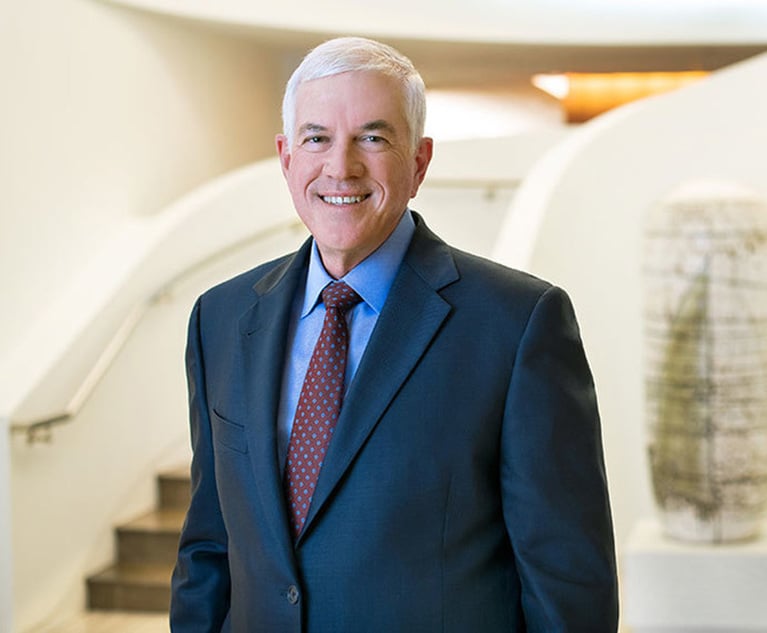In the past, I have often described the Rules of Professional Conduct as the Emily Post Book of Etiquette for lawyers. The rules tell you how to treat clients, adversaries, judges, unrepresented parties and represented parties. The rules guide you to be a polite and efficient litigator and advise you how to begin a new client engagement, and how to end one that has gone awry.
A number of rules address how to manage conflicts of interest: Rule 1.7 addresses concurrent conflicts or conflicts between current clients; Rule 1.8 addresses specific conflicts that can arise when clients and lawyers engage in business arrangements and other “extra-legal” activities; Rule 1.9 describes when representation of former clients creates a conflict; Rule 1.10 defines conflicts that are imputed to your fellow firm colleagues; Rule 1.11 provides guidance on how to manage conflicts when moving from government to private practice; Rule 1.12 governs conflicts that could arise when judges move from the bench to private practice.
This content has been archived. It is available through our partners, LexisNexis® and Bloomberg Law.
To view this content, please continue to their sites.
Not a Lexis Subscriber?
Subscribe Now
Not a Bloomberg Law Subscriber?
Subscribe Now
LexisNexis® and Bloomberg Law are third party online distributors of the broad collection of current and archived versions of ALM's legal news publications. LexisNexis® and Bloomberg Law customers are able to access and use ALM's content, including content from the National Law Journal, The American Lawyer, Legaltech News, The New York Law Journal, and Corporate Counsel, as well as other sources of legal information.
For questions call 1-877-256-2472 or contact us at [email protected]


 Ellen Brotman Courtesy Photo
Ellen Brotman Courtesy Photo




